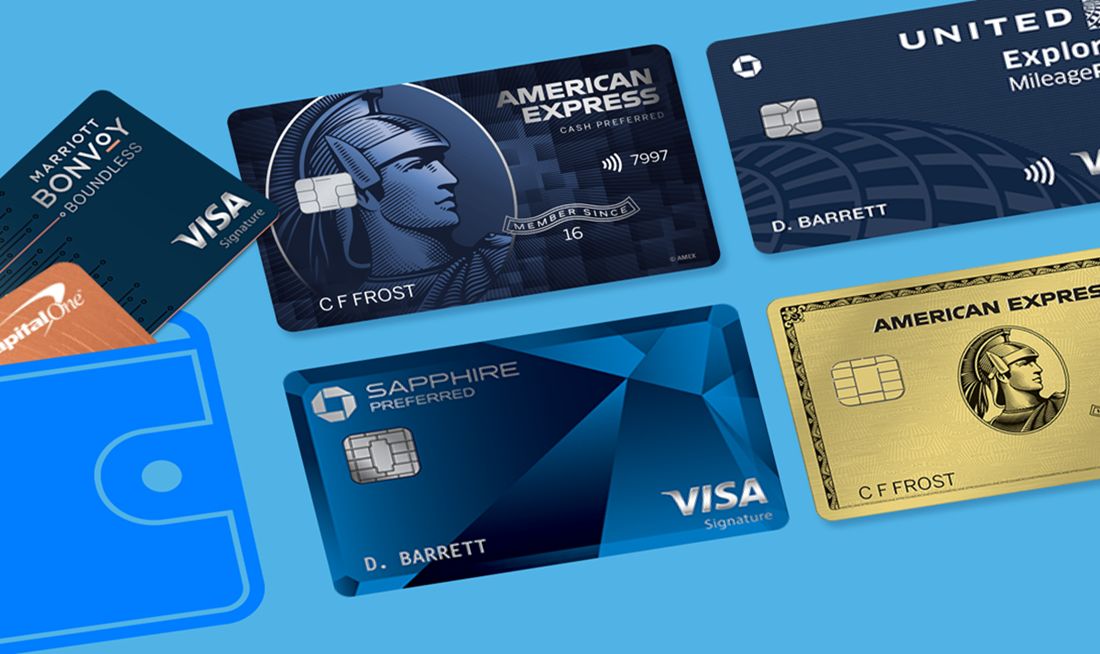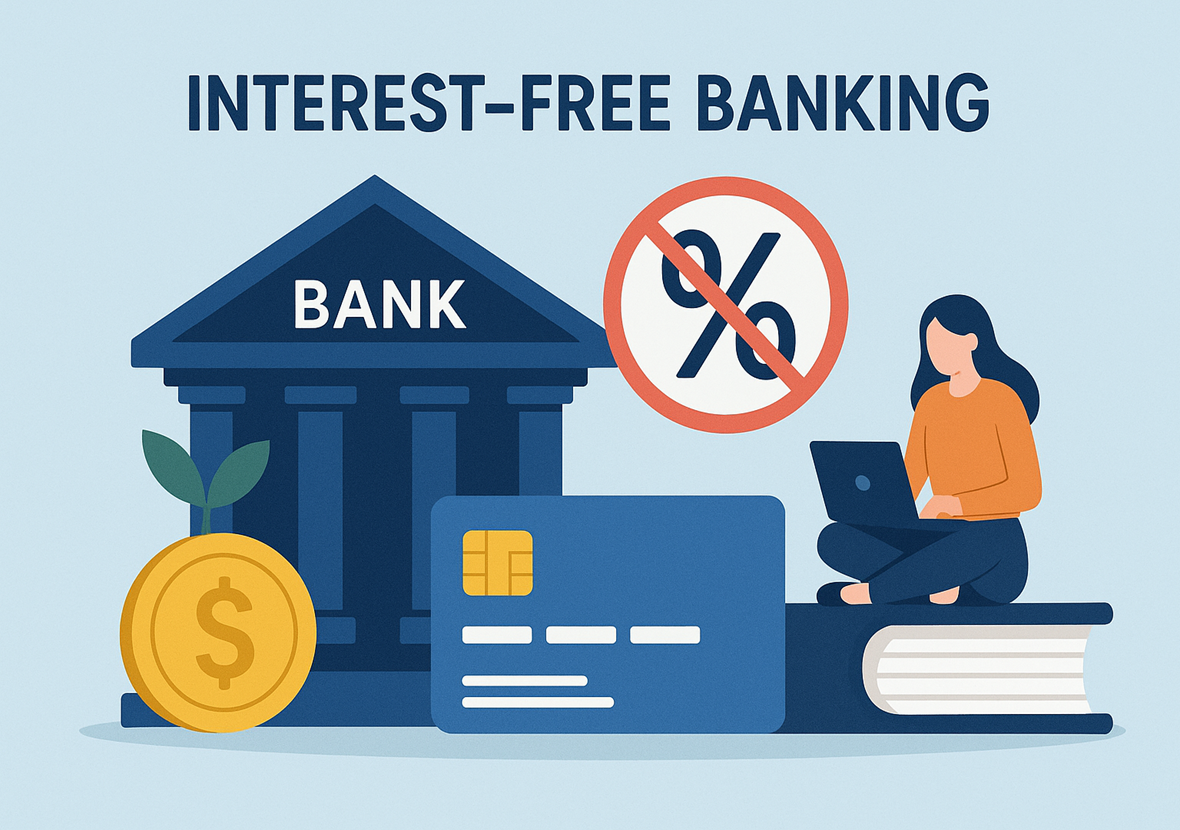Why More People Are Choosing Credit Union Services Right Now
The cost of living is rising, big banks are hiking fees, and many consumers are asking a vital question: Is there a better way to manage my money? For a growing number of Americans, the answer is yes—and it comes in the form of credit union services. Over the past few years, credit unions have seen a significant uptick in membership, and it’s not by accident. These member-owned financial institutions are offering a refreshing alternative to the profit-driven banking model, especially at a time when consumers are craving transparency, better rates, and genuine service.
What makes credit unions more appealing right now isn’t just a marketing trend. It’s a reflection of what people need in their financial lives: stability, affordability, and trust. From offering lower interest rates on loans to fostering a sense of community, credit unions are stepping in where big banks have sometimes fallen short.
In this blog post, we’ll explore why credit union services are drawing attention across the country. We’ll break down how they operate, what sets them apart from traditional banks, and the top reasons people are making the switch. Whether you’re frustrated with your current bank or simply curious about alternatives, this deep dive will give you the clarity to decide if a credit union might be the better fit for your financial journey.
The Member-First Advantage
At the core of every credit union is one key difference: they are member-owned. Unlike traditional banks, which operate to maximize profits for shareholders, credit unions exist to serve their members. This structural difference has a major impact on how they function. When you open an account at a credit union, you’re not just a customer—you become a part-owner. That status gives you voting rights and influence over how the credit union is run.
Because they don’t have outside investors demanding high returns, credit unions can reinvest profits back into services. This often results in lower fees, higher savings yields, and more favorable loan rates for members. In a world where large banks often seem to prioritize shareholders over customers, the member-first model offers a breath of fresh air. It’s this alignment of values—service over profit—that resonates with people looking for financial institutions they can actually trust.
Lower Fees and Better Rates in a High-Cost Economy
One of the biggest reasons people are moving toward credit union services is simple economics. As inflation continues to drive up prices and financial anxiety grows, consumers are looking for ways to make every dollar stretch further. Credit unions consistently offer lower fees on checking accounts, overdrafts, and other basic banking services compared to big-name banks. That’s not a small thing when every service fee feels like a punch to the wallet.
In addition to saving on fees, members can often secure better interest rates on loans—from mortgages to auto financing. Many credit unions also offer higher annual percentage yields (APYs) on savings and certificates of deposit (CDs), which can make a meaningful difference for long-term savers. It’s not just about better rates; it’s about creating opportunities for everyday people to build wealth, even when the financial landscape seems uncertain.
This financial advantage has become even more appealing as traditional banks tighten lending and introduce more fine-print fees. For many, the math just makes more sense at a credit union.
Personalized Service in a Digital Age
In an increasingly digital world, human connection still matters. While credit unions have embraced technology with mobile banking apps and online loan applications, they haven’t lost sight of personalized service. Many people report feeling like just another account number at big banks. Credit unions, on the other hand, often emphasize community relationships and hands-on help.
This difference becomes particularly valuable during financial challenges. Whether it’s navigating loan payment options during a layoff or getting financial advice tailored to your situation, credit unions tend to offer more empathy-driven service. You’re not just speaking to someone reading off a script—you’re getting support from people who genuinely care about your financial well-being.
And it’s not just anecdotal. According to a 2023 American Customer Satisfaction Index report, credit unions consistently score higher than banks when it comes to member satisfaction. This emphasis on customer service has become a defining feature that draws people in and keeps them loyal.
A Stronger Sense of Community and Values
People are increasingly seeking values-aligned businesses—especially in finance. Credit unions often support local initiatives, give back through community programs, and prioritize ethical lending. Because many are locally chartered, their profits stay in the community instead of going to corporate headquarters in another state.
For those who value social responsibility, credit unions can be a natural fit. They’re known for supporting underserved populations, offering financial literacy programs, and helping first-time homebuyers with special lending programs. This commitment to community impact is more than just marketing; it’s part of the mission.
In times of economic uncertainty, having a financial partner that invests in your community and shares your values can be especially comforting. You’re not just banking—you’re contributing to something bigger than yourself.
Easy Membership Requirements Are Opening Doors
There used to be a common myth that credit union membership was exclusive—only available to government employees, military members, or certain employers. While that was once more accurate, today’s credit unions are far more accessible. Many allow anyone who lives in a certain geographic area or supports a partner charity to join.
This broadening of membership eligibility has helped credit unions grow rapidly in recent years. For example, large credit unions like Alliant, Navy Federal, and PenFed have national reach and allow online membership with minimal barriers. Others have opened their doors to entire communities, neighborhoods, or university alumni groups.
This shift in openness means that the benefits of credit union services are now available to nearly anyone willing to apply. That makes the idea of switching far more feasible for the average consumer.
Strong Digital Tools with a Human Touch
A few years ago, people may have hesitated to join a credit union because they assumed the digital tools wouldn’t measure up to the big banks. But that’s no longer the case. Credit unions have made major strides in technology. From mobile check deposits to integrated budgeting tools, many credit unions now offer full-featured digital banking that competes with—or even exceeds—traditional banks.
The big difference? These tools are often backed by local support teams who know your name and your financial goals. That fusion of high-tech functionality and high-touch service is increasingly rare. It’s a combo that appeals to people who want the convenience of digital banking without sacrificing a sense of connection.
When you combine competitive features with personalized service and local accountability, the result is a banking experience that feels more human, more helpful, and more aligned with everyday financial needs.
A Trustworthy Option in an Era of Skepticism
Trust in big institutions is declining across the board. Whether it’s frustration over hidden fees, data breaches, or poor customer service, many people feel let down by traditional banks. Credit unions, by contrast, often rank higher in consumer trust indexes and are perceived as more transparent and consumer-friendly.
This trust isn’t just earned through marketing—it’s built on decades of consistent service, member-focused governance, and financial stability. During times of crisis, like the 2008 recession or even the banking turbulence in early 2023, credit unions were often seen as safer havens. They don’t typically engage in high-risk investment behaviors, and they’re regulated by the National Credit Union Administration (NCUA), which insures deposits up to $250,000.
For individuals and families looking for peace of mind in an unpredictable world, credit unions present an appealing option grounded in reliability and integrity.
Conclusion
As financial stress grows and consumers demand more from their banks, credit union services are stepping up with real solutions. They offer a compelling mix of lower costs, personalized service, community support, and trustworthy practices. It’s no surprise that more people are walking away from traditional banks in favor of this member-focused model.
Whether you’re looking to save more, borrow smarter, or simply find a financial partner that actually cares about you, joining a credit union could be the right move. The barriers to entry are lower than ever, the perks are real, and the values align with what many people want in 2025 and beyond.
If you’ve been considering a switch, now is a great time to explore your local credit unions. Ask questions, compare services, and see if one aligns with your financial goals. You may be surprised at just how much better your banking experience can be when the focus is on you—the member.



